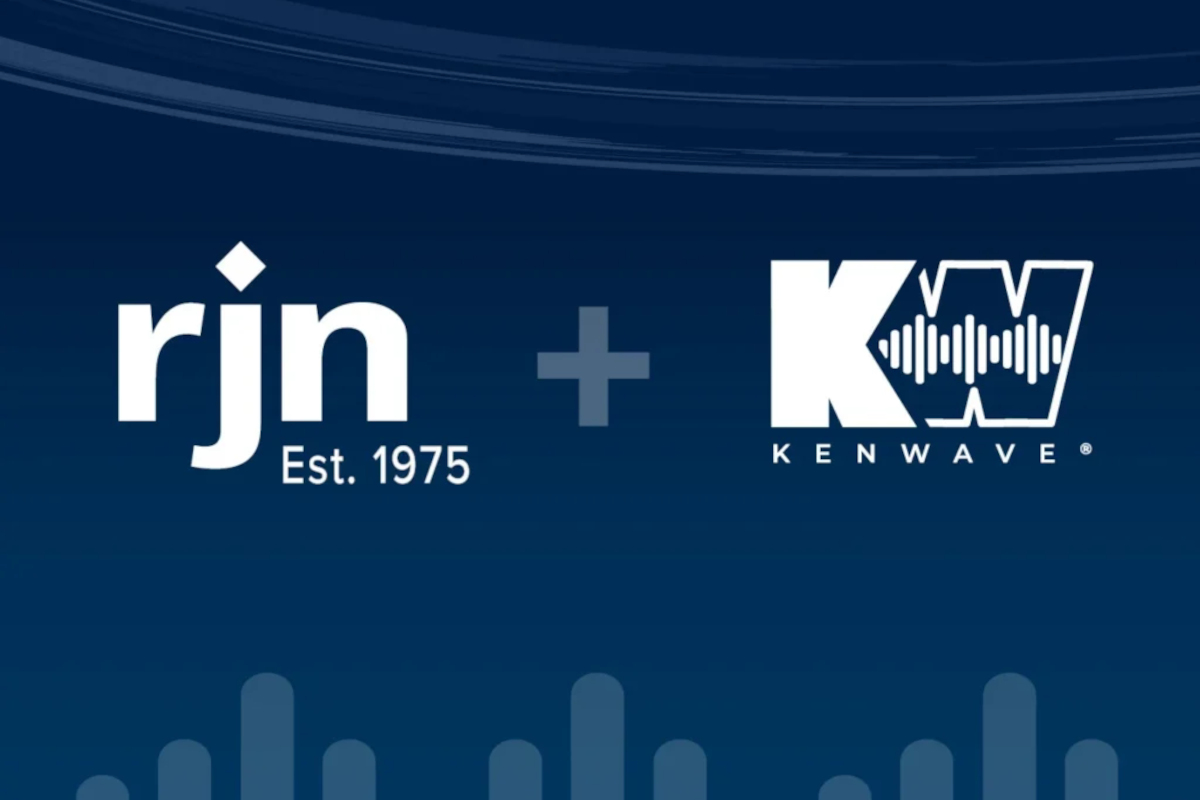
King of the Road – MarkerVac Celebrates 25 Years of Serving the Ontario HDD, Hydrovac Markets
A long-standing fixture on the Central Ontario trenchless landscape, MarkerVac Inc. recently surpassed the landmark milestone of 25 years in the Ontario construction sector.
Founded in the late 1990s, by partners Matt Walker and Sandy Martin — with an operation base in Alliston, Ontario — the company is a specialty service provider with expertise in the installation of utility infrastructure. The name MarkerVac is an amalgam of the surnames Martin and Walker. Their prime focus — horizontal directional drilling (HDD) and vacuum excavation for the telecommunications, hydroelectric, water and wastewater sectors.

Acquired by Capital Infrastructure Group (CIG) in December 2021, the company is now headquartered in CIG’s state-of-the-art facility in Vaughan, Ontario. At that time of acquisition, David Beswick, owner and president, of CIG stated, “We are extremely excited to welcome the MarkerVac teams to the CIG family. I look forward to a long and lasting relationship with this group, and I am particularly excited to work with the founders — two industry veterans that bring management depth and experience to our growing group of vertically integrated infrastructure service companies.”

In the Rearview Mirror
Founding partner, Matt Walker has been involved in the trenchless industry for most of his adult life, albeit – the formative years were often humbling, and not without the inherit challenges of a wide-open playing field.
Of course, back in the late 1990s the word trenchless was a newly minted moniker, and the marketplace was somewhat of a wild west show, with contractors fighting tooth-and-nail to gain a foothold in the burgeoning industry.
Walker formed Direct Drilling, “which all started from the back of pick-up truck using a hydraulic lift gate, and an old Ditch Witch 1720,” he says. However lean the early years might have been, Direct Drilling experienced exponential growth and had been in continuous operations until 2013, when a fortuitous meeting with Sandy Martin unfolded and the company developed into its present state.
In his own right, Martin is a well seasoned contractor with a long tenure and history as an excavation contractor. Together with his father-in-law, he formed Upper Canada Communications. At that time, however, their only exposure to HDD and trenchless utility installations were limited to the use of torpedoes — otherwise known as moles or piercing tools — these devices are used to create horizontal bores underground and are employed utilizing excavated launching pits, while being propelled using compressed air.
“We were so sick of using these torpedoes for cable installs, that we had to find a better way,” says Martin. The call was placed to Direct Drilling and the rest they say, is history.

Windshield Time
During the ensuing years, and in its present day-to-day operation, there has been plenty of rubber left on the road, and countless kilometres of windshield time spent traversing Central Ontario. As the company evolved, and with the horizon for trenchless technology widening, the partners began purchasing hydro excavation trucks in 2016. With a current employee base of approximately 40 skilled individuals, MarkerVac operates six HDD rigs, 16 vacuum excavation units and three excavation crews.
The company now offers a wide range of trenchless services, utility daylighting, trenching, pole and sono tube installations, pits for shoring boxes, and the capabilities and equipment for the fusion and electrofusion of fiber and electrical HDPE conduits.
With the expansion of rural internet, the directional drilling of fiber-optic cables to fixed wireless towers throughout the many small hamlets and villages, has become a source of steady backlog.
The Road Ahead
As the trenchless industry continues to mature, HDD techniques will become more precise, efficient, and cost-effective, and will have applications beyond traditional utility installations. The technology can also be used for environmental remediation, geotechnical investigations, and other specialized applications. As awareness of its versatility grows, the demand for HDD services in Ontario will continue to expand.
HDD provides alternative solutions for installing underground utilities in densely populated areas without disrupting traffic or causing damage to other existing infrastructure. As cities continue to expand, alternatives to traditional open-cut methods are also necessary to help minimize impacts to the natural landscape by reducing the risk of soil erosion, water contamination, and habitat disruption.
Vacuum excavation is recognized for its safety and efficiency compared to traditional methods and these services are crucial for projects involving underground utilities. Currently, the industry is witnessing technological advancements that improve efficiency, accuracy and safety. These include advanced vacuum systems, better water recycling capabilities, and more precise excavation tools. And while vacuum excavation services may have a higher upfront cost compared to traditional excavation methods, they often result in overall savings due to reduced labor, shorter project durations, and decreased risk of damage to existing infrastructure.
Overall, the future of trenchless in the Ontario construction market appears promising, driven by innovation, urban development, and environmental considerations. Forward thinking companies like MarkerVac, and its parent company CIG, have invested heavily in advanced equipment, and are poised to continue as leaders in their respective industries.
With key clients such as Vianet and Black & Macdonald and mainstays of cable, water and sewer, and hydro electric service remaining steady, the future path for MarkerVac remains solid, if not downright encouraging.
“It’s all about reputation,” says Martin, and in the construction business, no truer words have ever been spoken.




